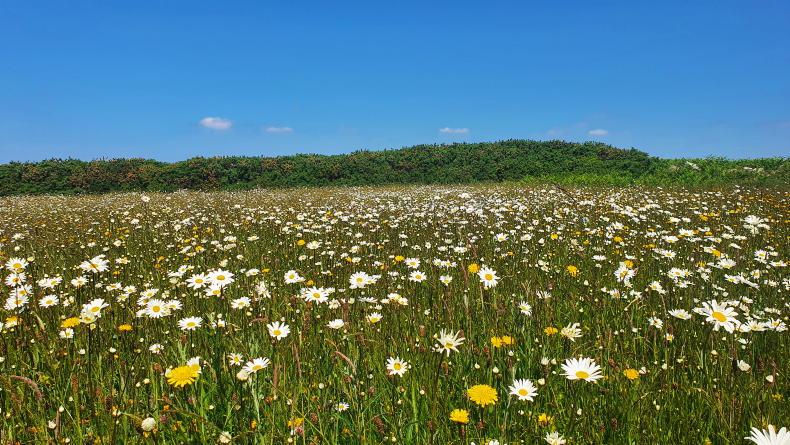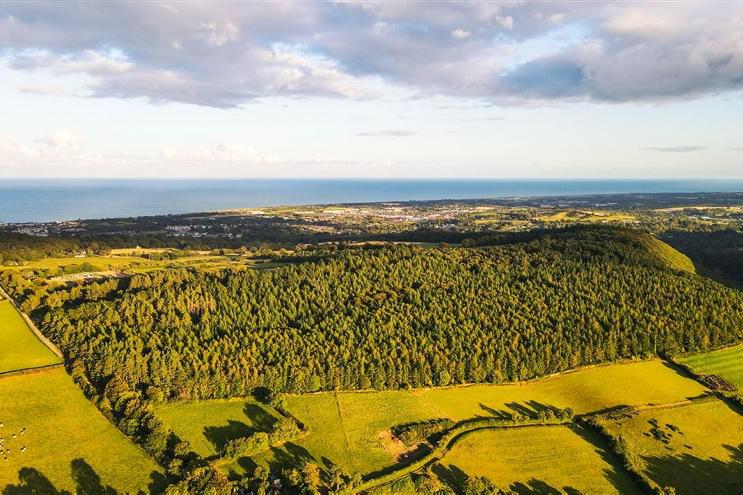The State has purchased the 552ac Dowth Hall and demesne, including Netterville Manor, in Co Meath, and plans to turn it into a new national park.
Up until now, the land had been owned by Devenish Nutrition, where it carried out research in conjunction with University College Dublin on the 444ac farm on the property.
The property is a cultural and natural heritage site of national and international importance. It includes Dowth Hall, an 18th century, neoclassical country house, and Netterville Manor, a late Victorian almshouse.
National park
The lands amount to approximately one third of the total area of the UNESCO World Heritage Property of Brú na Bóinne, which includes the great Neolithic passage tombs of Newgrange, Knowth and Dowth.

The National Parks and Wildlife Service (NPWS) manages six national parks, with Wicklow Mountains National Park being the only one in the east of the country. The acquisition of Dowth brings that number to seven.
The heritage of Dowth spans from early prehistory through to the medieval period, the 18th and 19th centuries, right up to the modern era.
The Dowth lands host a wide range of habitats, including species-rich grasslands, native woodlands and mature hedgerows.
The Boyne River, which runs through the lands, is designated as a Special Area of Conservation (SAC) under the Habitats Directive, and as a Special Protection Area (SPA) under the Birds Directive.
The river is home to dozens of bird and animal species, including endangered species. The NPWS has said it “will maintain the careful management of the farmlands, habitats and species to date and will work to protect and improve it even further”.

Farmland biodiversity research
The NPWS has said that there is “significant potential” at this site to support research, education and public engagement.
“Significant research outputs have already been generated with potential to inform future policies and management recommendations for biodiversity, water, and climate change in farmland. These include research on the trialling and testing of new agri-environment measures, particularly for grassland habitats.
“They will serve as excellent demonstration sites for engaging and knowledge sharing between Government departments, agencies, farmers and farming groups on new agri-environment measures to improve biodiversity, water and carbon emissions on farmland.
"New areas of research include holistic farming, which supports goals for biodiversity, water and climate change in Ireland.”
Masterplan
The National Parks and Wildlife Service, the National Monuments Service and the Office of Public Works will now work together to deliver a masterplan for the property that allows for the protection, presentation and management of this area of the Boyne Valley for the people of Ireland.

The masterplan will include concrete proposals which support and build on research, education and public engagement to inform policy and future management of the property and its biodiversity, according to the NPWS.
The plan envisages capacity-building in the public, private and research sectors to deliver benefits for archaeology, the farming community and farmland biodiversity.
Opportunity
Minister for Housing, Local Government and Heritage, Darragh O’Brien, said rarely does the State get an opportunity to acquire lands of such significance.
“This landscape and property is of exceptional heritage importance. Here, in this one place, we have over 5,000 years of recorded history. In our care, it will significantly enhance our management of the Brú na Bóinne World Heritage landscape.
"We will conserve and protect Dowth’s heritage in line with our obligations to UNESCO, and we will enhance responsible tourism, ensuring it becomes a standout destination.

"This purchase opens up possibilities for us to develop heritage partnerships, protect remarkable heritage and make it accessible. It is simply an outstanding opportunity for an outstanding place," he said.
Minister of State with responsibility for Heritage and Electoral Reform, Malcolm Noonan, said the Department will sustain and grow this legacy of Dowth “to ensure that farming, nature and the cultural heritage of this ancient landscape can continue in harmony, as they have done since our ancestors first settled in the Boyne Valley over 5,500 years ago”.
“Through our partnerships with state agencies, departments, local authorities and communities – which are enshrined in Heritage Ireland 2030, our national heritage plan – we are committed to nurturing Dowth as a key pillar of Ireland’s remarkable heritage that we can all admire, be proud of and enjoy.”









SHARING OPTIONS